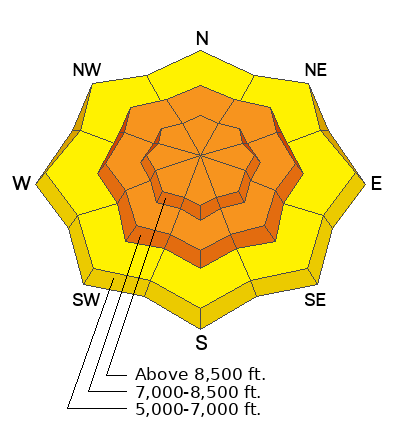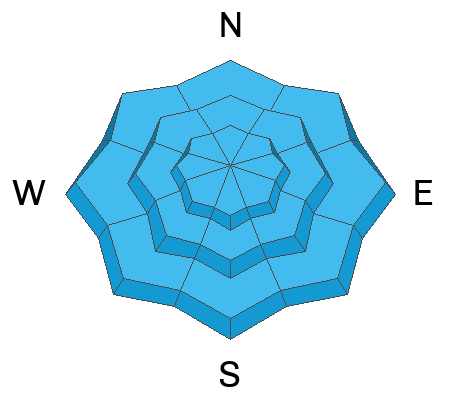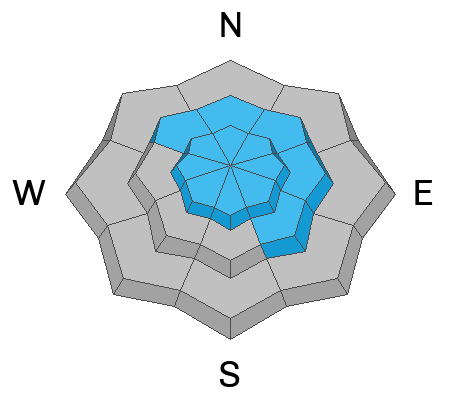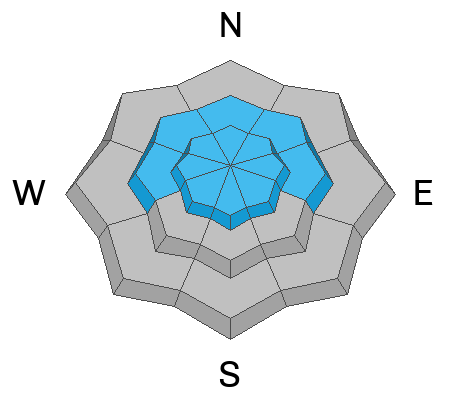Avalanches of storm snow and wind drifted snow remain likely at upper and mid elevations. This week's productive storm elevated the danger of soft slab and loose avalanches of new snow as well as overloading slopes with a buried persistent weak layer near the ground.
It's 22° F and there is 91 inches of total snow. This morning at the 9700' CSI Logan Peak weather station, winds are blowing 25-30 mph from the southwest, and the temperature is 17° F. The Tony Grove Snotel at 8400' reports a couple feet of heavy new snow with a whopping 3.5" of SWE from the recent storm.
Today, we can expect mostly sunny conditions, with high temperatures at 8500' around 32° F and 10 mph winds blowing from the southwest. Tonight will be partly cloudy with low temperatures around 17° F and fairly light winds from the southeast. Tomorrow will be partly sunny with high temperatures around 35° F and 10 to 15 mph wind from the south.
*The moisture train continues to march on with another storm on tap for late this weekend, MLK day, and more beyond that.
It was an active day yesterday for the mountains of northern Utah, and there was lots of large natural avalanche activity reported. Riders reported easily triggering wind slabs up to 2 feet deep in somewhat unexpected terrain in Providence Canyon early in the morning.
Short VIDEO. I noticed evidence of fairly widespread natural avalanches in the Wellsville Range, with a few new ones visible above Mendon and Wellsville, some running into lower elevation bench areas.
Visibility of the high country in the Bear River Range was very limiting, and we look forward to views today. Please report what you see out there if you get out.











